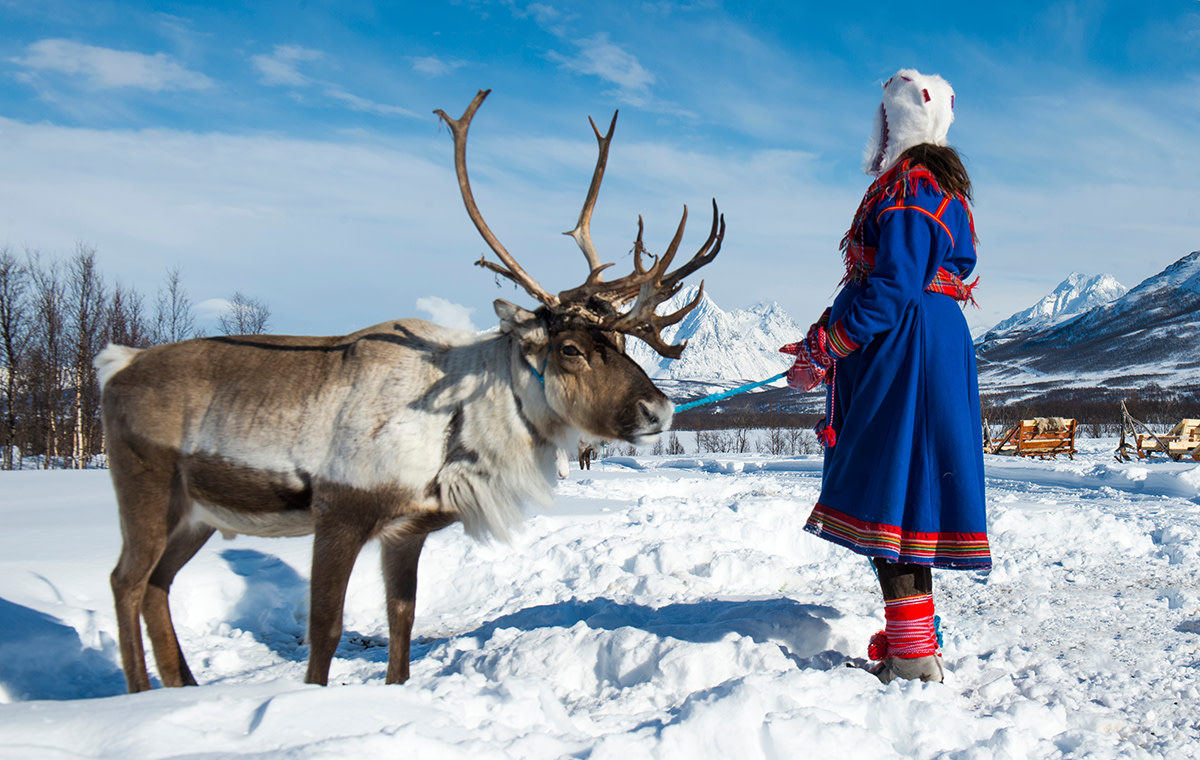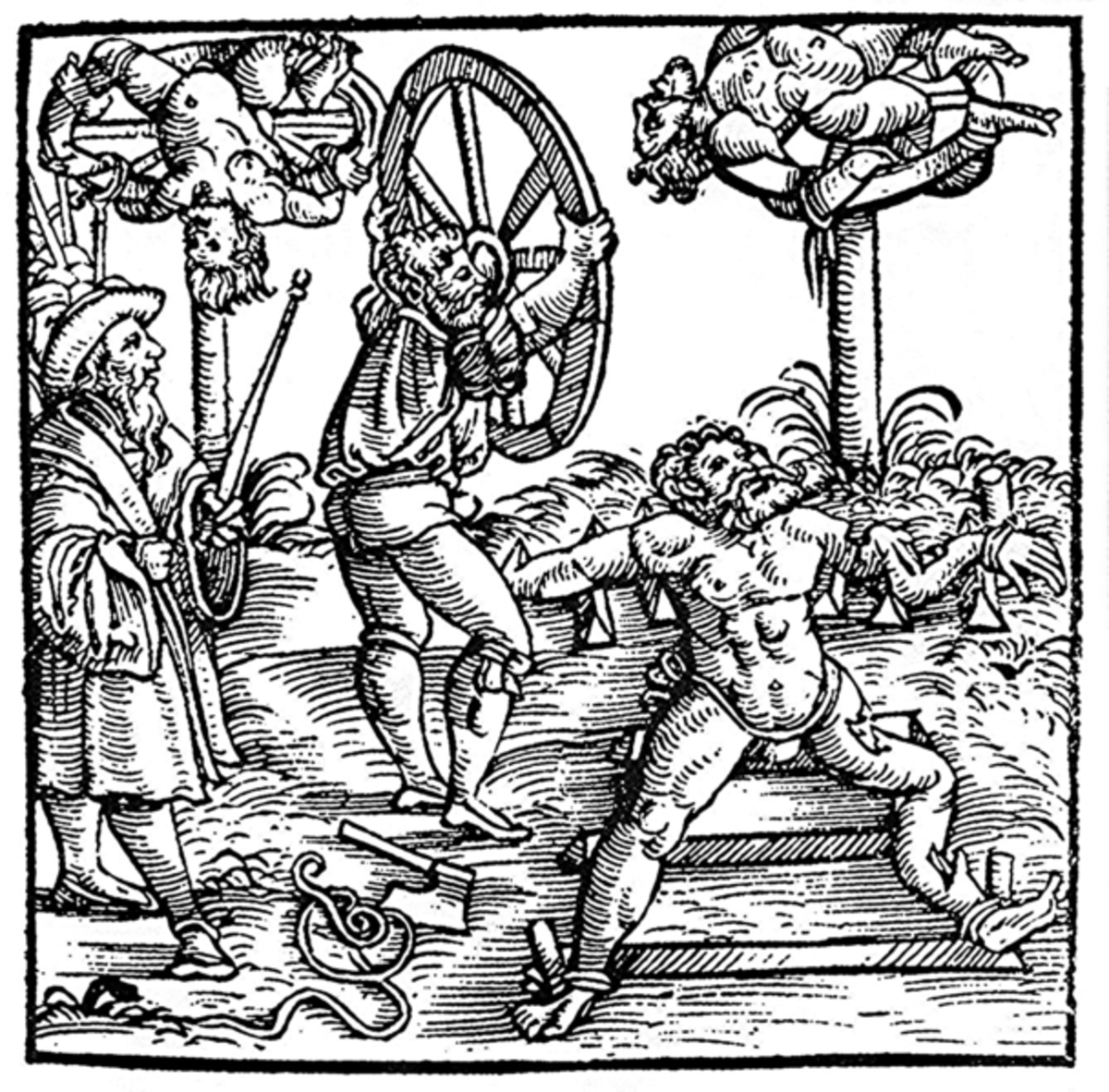Who Are the Sami of Northern Europe?
The Sami People
If you were to mention indigenous or aboriginal peoples. The first peoples that you would think of are either Inuits, Australian Aborigines or those of Native Americans of the United States and Canada. One of the indigenous peoples who are often overlooked is the Sami of the Arctic regions of Europe.
The Sami are a people of Europe, who have kept their culture for over a thousand years despite the great political upheavals that the continent had experienced. The Sami peoples are not known as a warlike tribe and have existed in the same fashion as hunter-gatherers for much of our recorded history. They were known to the Romans as a tribe that resided to the far north of the continent of Europe, their ancestral lands encompass parts of Arctic Russia, Sweden, Finland and Norway.
Sami Culture is Still Alive Today
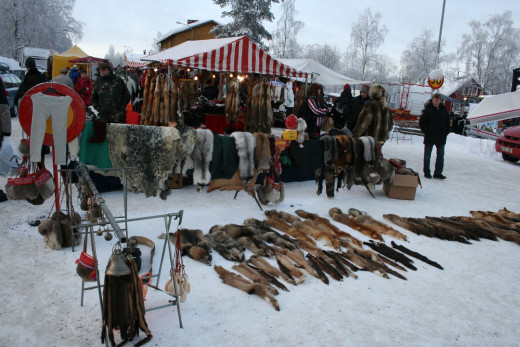
The Sami Identity.
Like other minority tribal groups in various countries across the world, the Sami have fought to cling on to their tradition and heritage within Europe. In some cases, they have been forced to settle into the dominant culture, but on the whole, they have managed to maintain their cultural identity. This may be down to their own determination and highly tuned survival instincts, that the Sami did not disappear off the historical record. Due to the harsh environment they usually inhabit and the fact the Sami where nomadic, other European peoples may have preferred to leave the Sami to their own existence for much of Europe's history.
The Sami speak a language that can be broken down into three main groupings. Their language has evolved with numerous regional dialects. The three types of Sami language are Southern, Eastern and Central. Its closest European tongue is the Finnish language and it is possible these differences evolved separately due to the Sami's mobility around the northern parts of the continent.
The Finnish language is often classed as a Nordic language rather than Scandinavian. This is because the culture of the Finns had been greatly impacted by the Slavic tribes of the east who moved into the Baltic area around the Migration period of European history.
The Sami in Western Europe
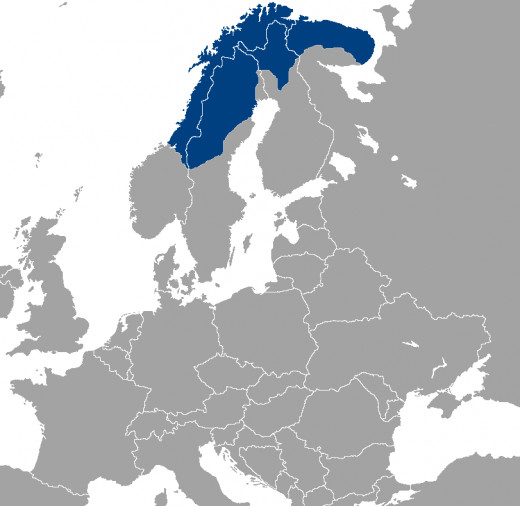
The Sami population in Europe
Location
| Estimated Population
| |
|---|---|---|
Norway
| 40,000
| |
Russia
| 2,000
| |
Finland
| 7,000
| |
Sweden
| 17,000
|
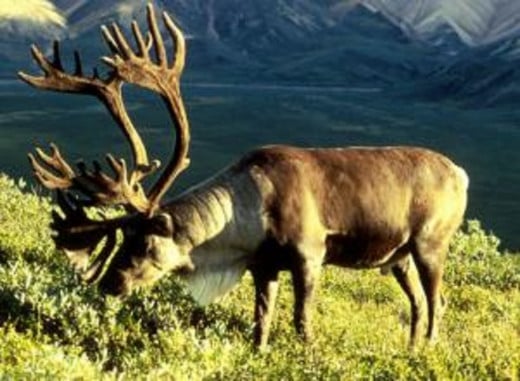
The Inuits and Sami.
Although their style of living is similar, the Sami and Inuit peoples are very genetically different. The Sami share much of their genetic identity with the Northern Europeans such as Norwegians, Swedes, Finns and Russians. There is also a hint of Asian influence, which would have been due to Russian influence. The Inuit peoples have the same genetic roots as the Native American tribes. They would have crossed the Bearing Straits land bridge or walked over the thick sea ice over 40,000 years ago to reach their homelands.
Having walked into modern-day Alaska they would have headed east across the Americas and settled in Northern Canada and parts of Greenland. The Sami as a people would have followed their prey such as the reindeer and occupied the land made new by retreating glaciers.
The reindeer have provided the Sami people with much of their survival tools and the materials to build a shelter from the elements. The reindeer provide food, drink and clothing for all of the tribe. These creatures are respected and are not killed only to be wasted. The uses the Sami have for the animal are vast, from the sinew used as string to the animal's fat and waste which is used as fuel to heat their mobile homes.
Do we take for granted the knowledge of the Aboriginal tribes?
Cultural Oppression
Like all indigenous tribes, they have had to suffer under the rules and policies of other more dominant European peoples. For example, as recent as the last century the government of Norway wanted the Sami people to conform to the Norwegian culture. Official sanctioned efforts were made to suppress the Sami language and culture in these lands.
In the 1850s the Sami were the focus of a lot of discrimination when the Norwegians were in the grip of nationalistic sentiments. These powerful feelings mixed with a form of racism believed the Sami were an inferior species as judged by the prevailing social Darwinism of the time.
Norway was not alone in trying to administer such policies on the Sami tribe, similar measures had been used across Europe where any wandering tribe was present. The taxation of the Sami tribe was a great source of revenue for the Northern Scandinavian nations as they migrated with their reindeer herds over national boundaries.
Since the end of the Second World War, the United Nations has been able to assert the fundamental rights of all indigenous tribes throughout the world. The Sami have been able to register their voice in all democratic countries that they move through. The Finnish, Norwegian and Swedish government have now created Sami Parliaments to help give the Sami people a level of self-determination. Under UN directives, all children born of Sami parentage have the fundamental right to learn their native language, this will both preserve and protect the Sami's rich cultural heritage.
Related Articles
- Who Were the Frisians?
The Frisians are a people who settled along the shorelines of the North Sea. They are not as well known as their Germanic cousins such as the Angles or the Saxons, but they have contributed to many cultures around Europe. - Who Were the Rus Vikings?
The Swedish Vikings who sailed into Eastern Europe, where known as Rus Vikings. They soon created their own cities and grew wealthy through trade with their neighbours such as the Byzantine Empire. - Who Were the Angles?
The term Anglo-Saxon is used to describe the Germanic tribes that colonized parts of Great Britain after the withdrawal of the Roman Empire. So, who where the Angles and where did they come from?
The Sami like other native tribes have lessons that they can teach the rest of the world. The Sami can live in harmony with their environment and are aware of the impact that their actions have on the environment and food chain. If a civilization-ending event happened, the skills that the Sami possess would allow them to survive the turmoil in their remote locations.
The Sami can adapt to changing climate conditions as their ancestors did at the end of the last Ice Age. It can only be a positive thing, that their proud traditions and knowledge can continue to be shared throughout the modern age in tandem with all our societies technological advances. If any aboriginal knowledge was to die out, then our world will be a poorer place for the further severing of our own connections to our natural world.
This content is accurate and true to the best of the author’s knowledge and is not meant to substitute for formal and individualized advice from a qualified professional.
© 2013 Andrew Stewart





